Plane Buys On eBay Bring Diverse Possibilities at Good Prices
For more information on planes, see our beginner site Common Woodworking.
This week I added some new pieces to my collection of users because I liked the look of them, but more than that, because I new their functionality would suit my daily work.


The iron does have E Preston and the E Preston logo stamped on it but its enough off centre and lopsided for me to say the iron came from something else made by Preston.

The router plane works nicely and would be very simple to make. It’s one of those heirlooms left to us as a user-made, craftsman-made legacy of functionality.


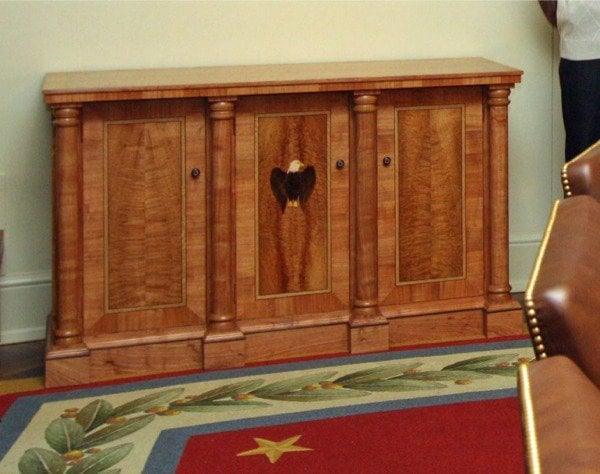
Toothing planes are irreplaceable when it comes to veneer work and especially so when you sequence cut thicker veneers as I did when I designed the two pieces for the Permanent Collection of the White House in 2008-2009.

We book matched veneers using mesquite and other woods and veneered dozens of faces all of which were toothed to the substrate which were also mesquite. Toothing both surfaces allows the two toothed surfaces extra glue surface and a place for any excess glue to channel into. You can also raze the surface high spots and undulations if there are any. It’s a quick way to reduce and remove surface stock. I have two toothing planes we can use now.
Below are the results of the first swipe at a tangent to the grain (left), and an opposite swipe at a tangent (right).
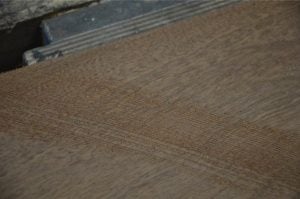
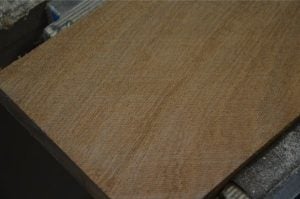
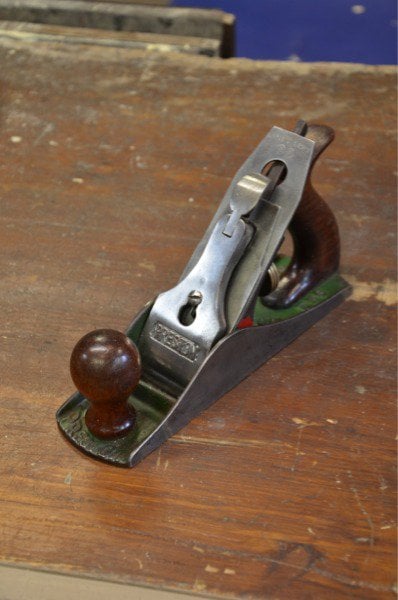
Another special plane is a Preston #14. This is no common plane even though it looks almost identical to the standard bailey-pattern plane predominantly made by Stanley for a century and a half.


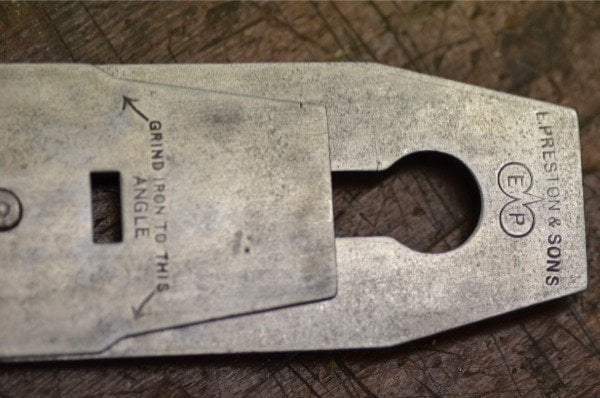


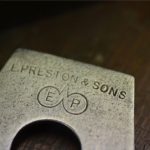
Preston intro’ed some unique features in the body of the plane and also in the cutting iron and cap iron. In class yesterday we completed the restoration as part of the plane restoration section where we teach planecraft. After an hour the plane was peeling off full length full width onion skins perfectly and in a few minutes it felt as though I had always owned the plane. The colours may not suit everyone but I like the stray.


Paul,
I was curious as to what the cutting edge looks like on the small hand router. Is it just a flat 45 degrees? Nice little tool with lots of character.
Joe Bouza
It’s the normal 30-bevel slightly cambered and bedded to present the blade at around 50-degrees to the surface of the piece being routed. It adjusts readily by pinching the cutter between thumb and finger with the left hand and turning the thumbscrew with the right. It is well used and nicely made. I am part way through replicating one in mahogany but have made some small changes.
I hope we get to see a video of you making the replica of that little router plane.
I thought there was to be little or no time for plane restoration or planecraft. At least that’s what I remember having read. I’d like to bring my #4 , or #4 1/2 and 5 1/2 to get to know them better as we pursue the class projects. Fettling/planecraft to me seems like a very valuable skill to acquire and be instructed on. Any time on it would be wonderful… Excited that only thing separating me from being at the Castle is Time!
That’s pretty funny, I was actually bidding on that “Preston” router. Glad to see it ended up in your collection.
I too would like to ask Paul to post a video. I bet there a lot of people out there with a few scraps of wood just begging to be made into a lovely little router plane!
I have two toothing planes, but haven’t used them yet. I’ve never used veneer. You say you can use them to remove stock fast. Does this mean you can use them instead of a scrub-plane?
No. These remove highs for veneering at a finer level. Not for rough sawn materials. Sorry if I gave that impression.
Those little router style planes are lovely, especially the first one. I would certainly like to own one and make another three or four to pass out to family members and friends! How nice to see a craftsman put such thought and effort into such a nice tool, it looks like it would be very easy in hand to use regularly? The color on the Bailey style plane certainly means one would have a hard time misplacing or confusing it with another one any where near the same room. I am always glad when you share such nice finds with the rest of us – half the battle of making tools or anything else for that matter is being inspired in such a way as we would or could not have thought of that idea on our own and are inspired to examine or try to make use of the concepts ourselves. Always giving credit where credit is due for the origin of the idea, of course. Thanks!